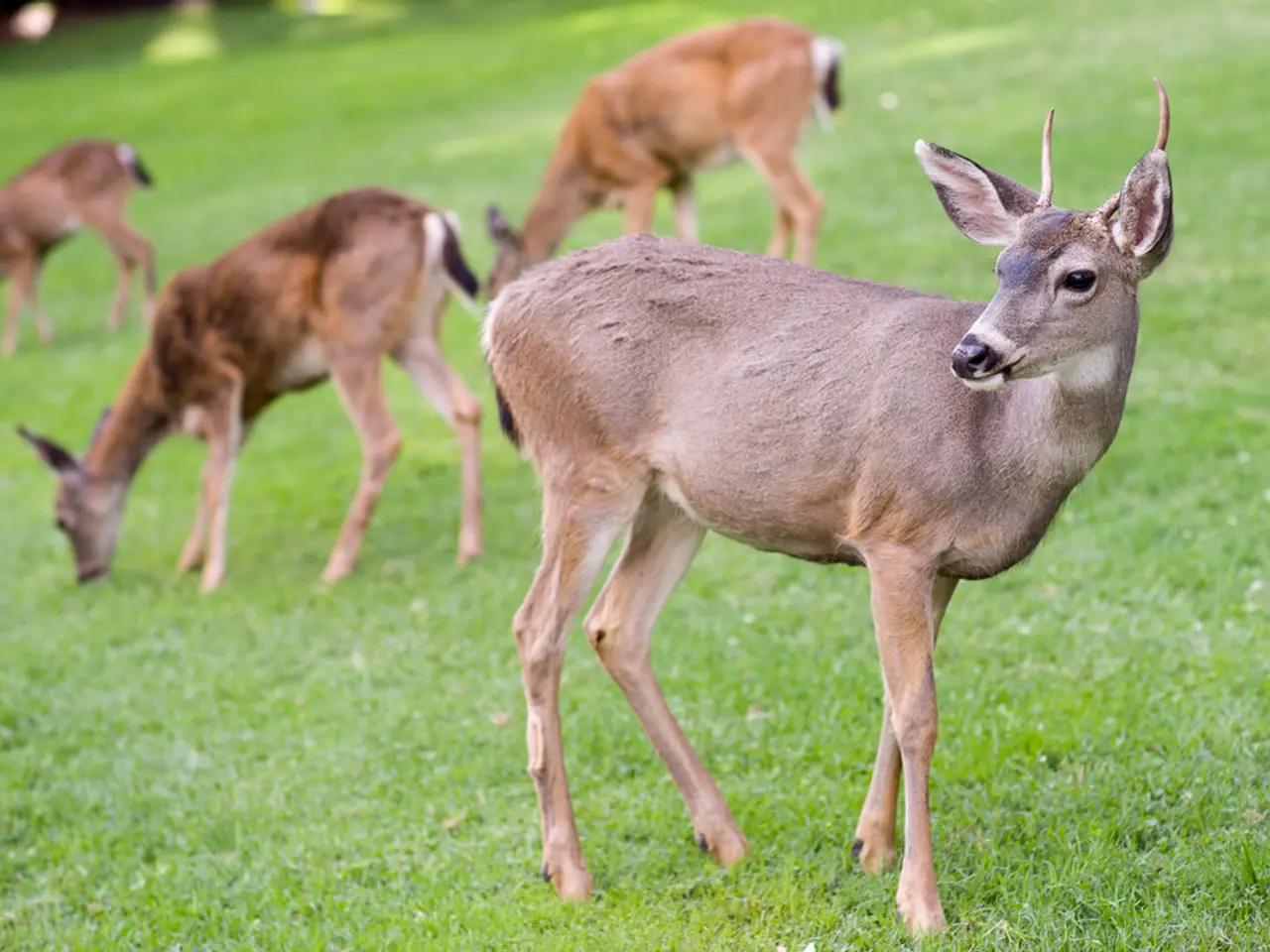BLM Proposes Major Update to Wyoming's Northern Red Desert Management Plan
The Bureau of Land Management (BLM) has proposed an update to the management plan for the Northern Red Desert and Big Sandy Foothills in Wyoming. This vast, picturesque landscape, known as Ayngah Vahseh Sogoep to the Eastern Shoshone and Teeceeno' to the Northern Arapaho, is home to diverse wildlife and serves as a crucial migratory corridor. The last revision was in 1997 or 2006 for some areas.
The proposed update aims to prioritize habitat and wild nature conservation across 1.6 million acres, maintaining 'wilderness qualities' in certain areas. It also opens up roughly 1 million acres of low-conflict lands for renewable energy projects, supporting the shift from fossil fuels.
The area hosts various species, including pronghorn, mule deer, desert elk, mountain plover, golden eagles, and the threatened sage-grouse. It serves as a vital link for migratory species, with one mule deer journeying nearly 250 miles between the Greater Yellowstone area and the Northern Red Desert.
The update seeks to modernize management practices, incorporating the latest research and addressing community priorities. It aims to protect the landscape from major threats like mining, drilling, pipelines, and transmission lines. Notably, up to 61 percent of lands in the Rock Springs Field Office would be closed to oil and gas leasing, compared to the current 15 percent. The proposed update also ensures the protection of the Red Desert to Hoback mule deer migration corridor from disruptive industrial activities.
The BLM's proposed update to the management plan for the Northern Red Desert and Big Sandy Foothills prioritizes conservation and renewable energy while safeguarding the unique landscape and its wildlife. The update, if approved, will modernize management practices and protect the area from major threats, ensuring its preservation for future generations.
Read also:
- Tata Motors Establishes 25,000 Electric Vehicle Charging Stations Nationwide in India
- Tesla's Nevada workforce has escalated to a daily output of 1,000 Powerwall units.
- AI-Enhanced Battery-Swapping Station in Southeast Asia Officially Opens Its Doors
- HAW Hamburg's Pilot Plant Transforms Waste into Climate-Neutral Fuel








